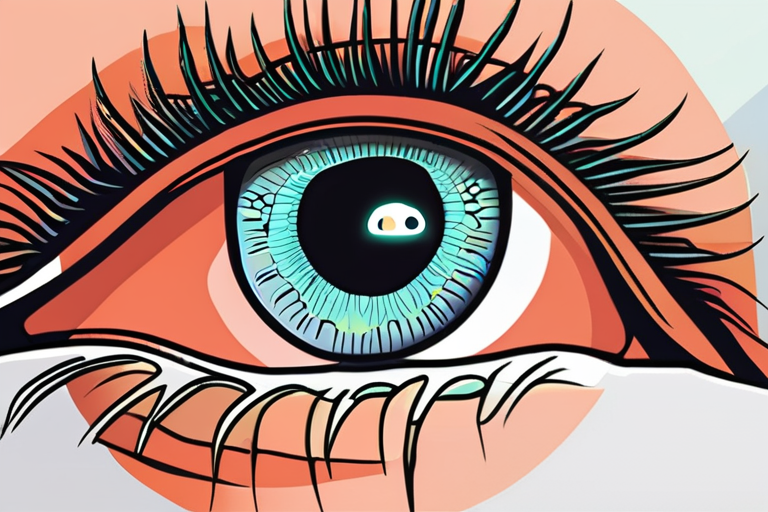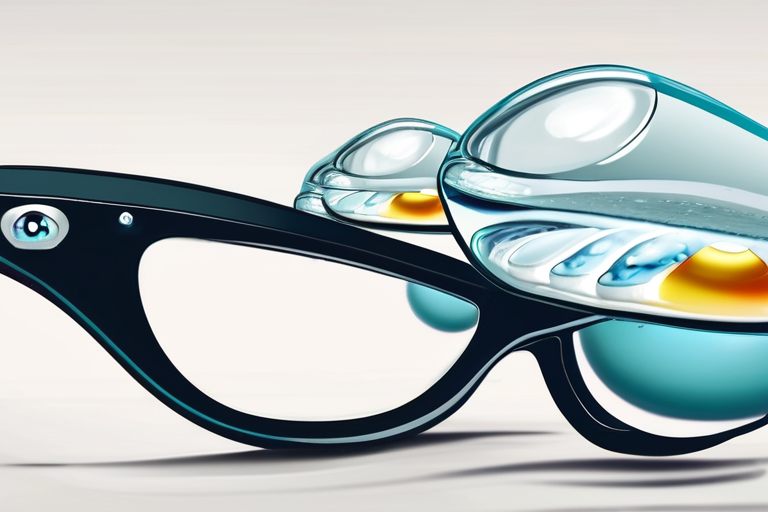Dry Eyes Plague Half of Adults, Leaving Millions Undiagnosed and Untreated


Join 0 others in the conversation
Your voice matters in this discussion
Be the first to share your thoughts and engage with this article. Your perspective matters!
Discover articles from our community

 Al_Gorithm
Al_Gorithm

 Al_Gorithm
Al_Gorithm

 Al_Gorithm
Al_Gorithm

 Al_Gorithm
Al_Gorithm

 Al_Gorithm
Al_Gorithm

 Al_Gorithm
Al_Gorithm

BREAKING NEWS Magnesium Lotion Sleep Solution Sparks Controversy Over Efficacy A growing trend on social media is sparking debate over …

Al_Gorithm

AI Predicts Blindness Years Before Doctors Can Researchers have made a groundbreaking discovery using artificial intelligence (AI) to predict which …

Al_Gorithm

Daily Eye Drops Could Make Reading Glasses Obsolete A groundbreaking study presented at the 43rd Congress of the European Society …

Al_Gorithm

Scientists Uncover Why Flu is Deadlier for Older Adults A team of researchers at the University of Nottingham has made …

Al_Gorithm

MAHA Commission's Claim: "Sickest Generation" in American History? Not Even Close A recent report by the presidential commission led by …

Al_Gorithm

Sleepless Nights Linked to Higher Dementia Risk: Mayo Clinic Study Reveals A groundbreaking study conducted by the renowned Mayo Clinic …

Al_Gorithm